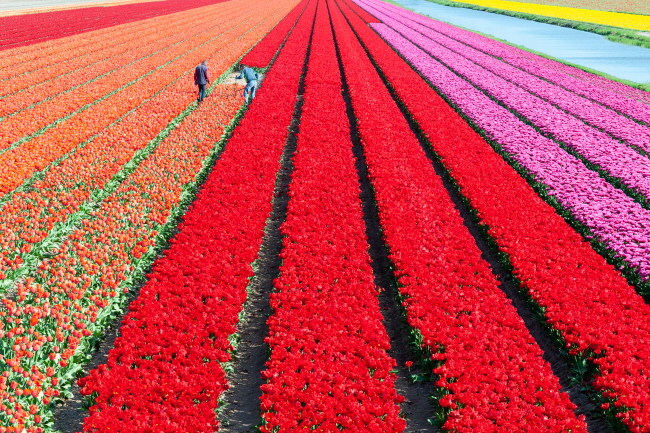This issue of Weatherwise takes a deeper dive into the atmospheric dynamics that govern our weather. While the science behind these analyses is a bit more than we usually go into in the magazine, I hope our readers will learn more about how our atmosphere behaves and creates the weather we see every day.
In our lead story, Roger Pielke, Sr., and colleagues tackle the longstanding aphorism that when a butterfly flaps its wings in Brazil, it can cause a tornado in Texas. It’s a concept, called the butterfly effect, whose underpinnings date back to the 19th century and have become so entrenched in our collective consciousness that it has been featured in popular movies (think Jurassic Park) and by mainstream authors (e.g., Ray Bradbury). It is even accepted as fact—or close to it—by some in the meteorological community. But how true is this belief? Could such a tiny disturbance of air actually set off a chain of events that ultimately could cause a massive meteorological event hundreds or thousands of miles away? The authors of this article delve into the science—without going TOO deep—to help us understand what is actually going on in this intriguing scenario.
One of our other features examines how one meteorologist has observed an increase in the frequency of so-called “bomb cyclones” over the upper Mississippi Valley. Toby Nahum Carlson’s article analyzes the mechanisms behind these strong storms, what new patterns seem to be emerging, what atmospheric dynamics are at play, and what these storms might mean for our atmosphere as a whole. It’s a fascinating look at how temperature gradients influence storm formation.
Finally, in a departure from our other two features, longtime meteorologist Alan Sealls, who recently retired from a long career in TV, gives Weatherwise readers a sneak preview of his new book, Weather Things in Photos. The Art and Science of the Atmosphere. In these photos, Sealls’ love for his field of study, his keen eye for capturing spectacular images, and his knowledge of some of the more unusual weather phenomena on our plant comes to the fore, resulting in a delightful photo essay that both inspires and educates.

A field of tulips in spring near Amsterdam.
—Margaret Benner Smidt
Disclosure Statement
No potential conflict of interest was reported by the author(s).

